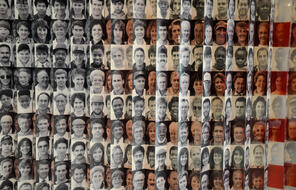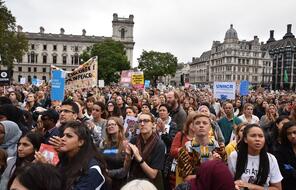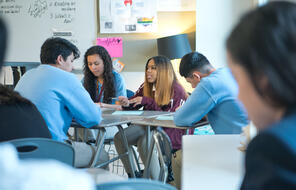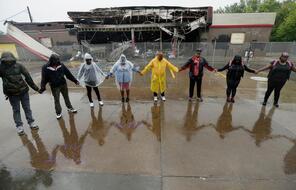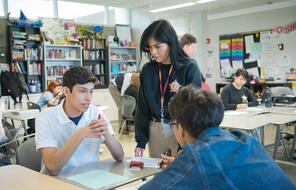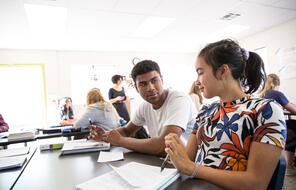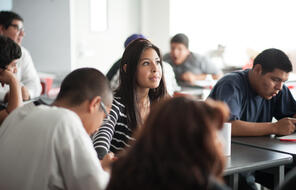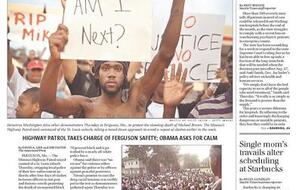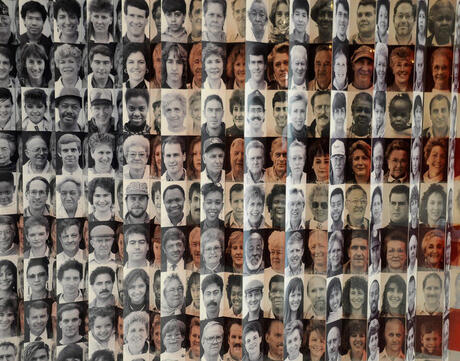
Finding Your Voice
Duration
One 50-min class periodSubject
- Civics & Citizenship
- Social Studies
Grade
7–12Language
English — USPublished
Overview
About this Lesson
The goal of this first lesson is to help students consider why, before they embark on their study of United States history, literature, or civics, it is helpful to first consider their individual identities. Students will begin by defining what it means to them, as they begin this unit, to be American. (This is a definition that they will return to and refine throughout the unit.) Then they will begin to consider the idea that the identity and history of the United States is the product of a multitude of individual perspectives, voices, and choices. By understanding their own identities and the stories about how they and their families arrived at this moment in this place, they can begin to understand how they both contribute to and are affected by the larger history of the country. Finally, students will consider the power of their voices and the effect their personal stories can have not only on their friends, families, and communities but also the identity and history of the United States.
Lesson Plans
Activities
Materials and Downloads
Quick Downloads
Download the Files
Get Files Via Google
Finding Your Voice
Unlimited Access to Learning. More Added Every Month.
Facing History & Ourselves is designed for educators who want to help students explore identity, think critically, grow emotionally, act ethically, and participate in civic life. It’s hard work, so we’ve developed some go-to professional learning opportunities to help you along the way.
Exploring ELA Text Selection with Julia Torres
On-Demand

Working for Justice, Equity and Civic Agency in Our Schools: A Conversation with Clint Smith
On-Demand

Centering Student Voices to Build Community and Agency
On-Demand


